I'm not a great draftsperson...I may not even be that GOOD. But through time, experience and practice I have definitely become a BETTER draftsperson.
I have drawn all my life but my skills were generally unstructured and self-taught in my youth. I attended art school briefly and came to the realization I didn't need to spend a lot of (my parents') money to learn how to become a "starving artist."
Somehow or other (but that's another story) I ended up in the animation business drawing pictures for a living for 13 years at major studios like Disney and DreamWorks. While there I was surrounded by master works of art and the masters who created them. Along the way I learned some interesting tips that might be of use to artists hoping to "plus" their own work.


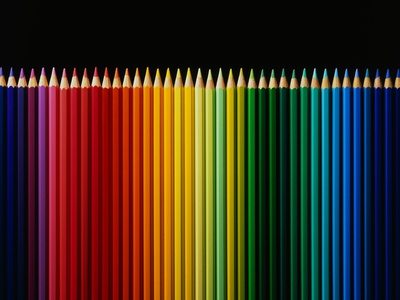
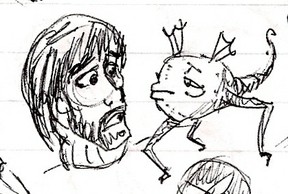 The most essential tool for creating a nice drawing is the ability to reproduce what you see in the world in your own way. To "see" a thing in your mind is to be able to see it on a page, physical or digital. Look at everything, study everything around you, see how it moves or stands still, ask yourself why it IS the way it is. If you understand something (anatomy, architecture, nature or light) you can reproduce it much better.
The most essential tool for creating a nice drawing is the ability to reproduce what you see in the world in your own way. To "see" a thing in your mind is to be able to see it on a page, physical or digital. Look at everything, study everything around you, see how it moves or stands still, ask yourself why it IS the way it is. If you understand something (anatomy, architecture, nature or light) you can reproduce it much better. 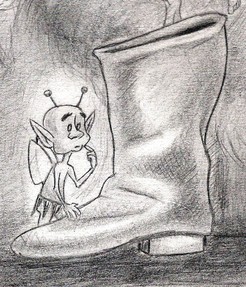 The best way to make your work appealing is to have it connect with something in the "real" world, and this is done by drawing things that are "real." Of course, reality is everywhere! Pick something you like to look at and just...draw it!
The best way to make your work appealing is to have it connect with something in the "real" world, and this is done by drawing things that are "real." Of course, reality is everywhere! Pick something you like to look at and just...draw it! 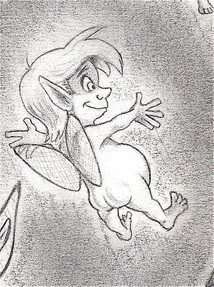
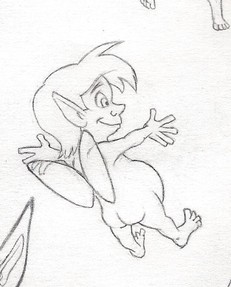

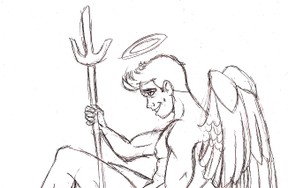
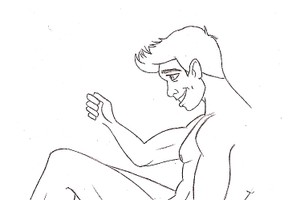 Just like that?
Just like that?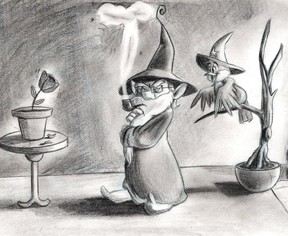 But criticism is essential, that is, if it comes from someone whose opinion you value. Be wary of showing your work to friends and family who only have your best interests in mind--you want the opinion of a respected, considerate, outsider if you can get it.
But criticism is essential, that is, if it comes from someone whose opinion you value. Be wary of showing your work to friends and family who only have your best interests in mind--you want the opinion of a respected, considerate, outsider if you can get it.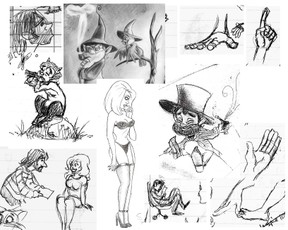 The best way of all to become better at something is to keep doing it, and drawing is no exception! Most "real" artists I know keep a drawing pad of some kind handy, even if it's a small notebook, so they can draw wherever/whenever. For years I sketched in my notebooks at work and have recently begun compiling the hundreds of drawings in them into books both for posterity and to share; I'm amazed how many great ideas I've been able to pull out of all those random, quirky sketches I did mindlessly, things I've been able to use later.
The best way of all to become better at something is to keep doing it, and drawing is no exception! Most "real" artists I know keep a drawing pad of some kind handy, even if it's a small notebook, so they can draw wherever/whenever. For years I sketched in my notebooks at work and have recently begun compiling the hundreds of drawings in them into books both for posterity and to share; I'm amazed how many great ideas I've been able to pull out of all those random, quirky sketches I did mindlessly, things I've been able to use later. 




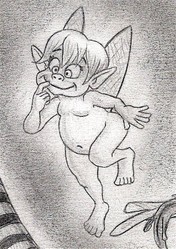

 Tips To Help You Stay On A Fitness Routineon 07/25/2013
Tips To Help You Stay On A Fitness Routineon 07/25/2013
 Tips To Look Out For In A New Relationshipon 07/24/2013
Tips To Look Out For In A New Relationshipon 07/24/2013
 Four Stupid Movieson 07/24/2013
Four Stupid Movieson 07/24/2013
 Five Stupid Songson 07/21/2013
Five Stupid Songson 07/21/2013


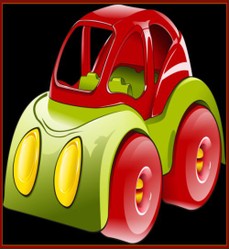
Comments
Thanks for the comment and glad to hear it! My downfall was math--I'd draw characters swinging off the times tables to stay interested, ha ha
At school I was excellent with language and appallingly poor with art, so this article is useful.
Thanks you guys, and I sincerely hope it DOES help out or inspire someone :)
Really practical and to the point advice, I know a few budding artist that will find this helpful. Thanks for the guidance.
If it isn't working - fix it! I like that. It comes handy in all situations:)
Thanks! I have a hard time getting excited about inanimate objects/things in the background, personally My favorite thing is drawing faces!
I am enjoying reading your art pages. Your characters are interesting. Are there some things you prefer to draw over others, or some things you don't enjoy drawing at all? For me, it's people and animals - I just can't get the hang of it.